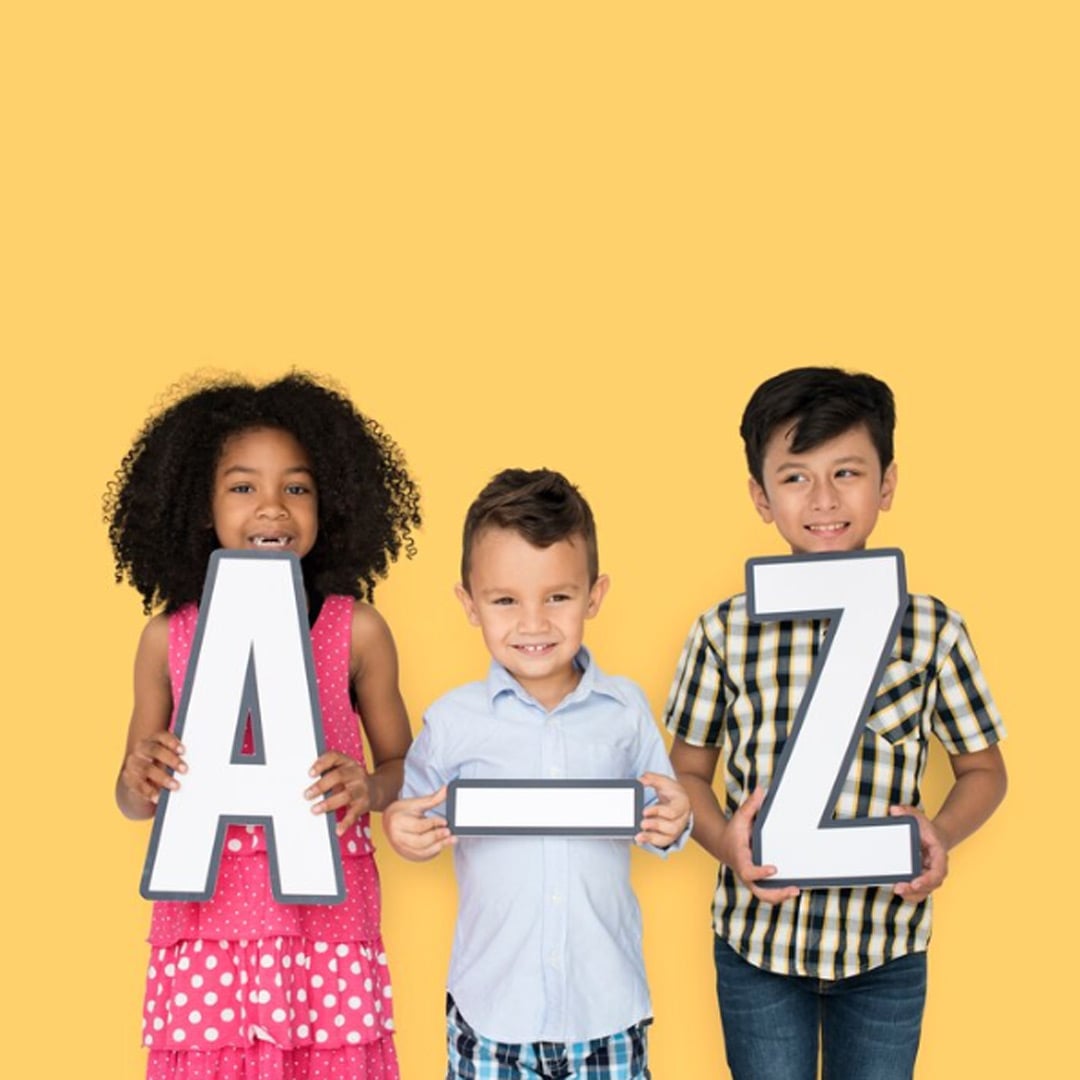

Please enter the code we just sent to whatsapp 91-11-46710500 to proceed
Didn't Receive OTP?

Perhaps one of the best activities a child can undertake in his or her lifetime is reading. It initiates the way to knowledge, innovation, and communication. But what can turn a child who knows his ABCs into a reader? Phonics is the answer where the process is strictly broken down as being securely grounded in literacy and shaping up abilities for self-regulated accurate reading.
This blog will explain how phonics reading classes, step-by-step phonics learning, and structured reading fluency programs can lead to success in literacy learning for children. Phonics is a connection between letters and language for the child studying to read whether it is within the school setting or with online phonics classes.
Phonemic awareness helps children to learn how to read words, Phonics- a teaching approach that maps letters and sounds, enables children to understand how Bass was formed through the joining of two letters or groups of letters. This understanding will help learners particularly those at the lower end of the learning years to read and write.
For early learners, phonics is crucial since it does the following:
Builds literacy
The children are helped to split the words into phrases where they constitute different sections.
It also helps them to read and spell building up their confidence levels as well.
With systematic phonics reading classes, children master this crucial skill step-by-step, thus ensuring they make progress at a pace suited to their individual needs.
Phonics is sequential whereby children are taught how to read starting with alphabets to words and then complex words. Oh, but it is not just the memorization of letters of the alphabet they say.
Step 1: Letters and sound as a game object
The first element implemented in Letters and Sounds is the element of letter and sound identification.
Everything stated above starts with the English Alphabet of the English language. To be precise, the kids are introduced to the letters, and how they sound like. For instance, you know that the letter “B” means that you say “buh.”
Step 2: Blending And Segmenting
Once the children are phonically aware of the letters, they will work on being able to phonetically build words from the letters beginning with such as c-a-t to ‘cat and learn on being able to read their alphabets by segmenting their words into sounds such as d-o-g.
These are some of the foundations of phonics within early literacy.
Step 3: Establish new digraphs and other complex sound phonemes
Following that children move to digraphs these as the term digraphs suggest are two letters that represent one sound and other composite forms of sound. This step of the process also of course helps the child to read and spell longer words.
Step 4: Thus, reading can be used as a tool through which teachers help their students expand their vocabulary.
First graders enhance their vocabulary, grammar, and punctuation skills by reading simple regions and short stories. Through these reading exercises, they also develop the ability to interpret the meaning of words.
Step 5: Attaining Reading Fluency
Reading fluency programs enable children to read effortlessly and with enjoyment. This is done through practice with a view of fixing children early at reading as fast, fluently, and with expression as possible.
Structured phonics reading classes under trained educators, these steps provide an arena where children can practice it. They entail many fun interesting and exciting games that are used to make learning even more fun.
Games and Songs:
Pedagogy as applied in phonics bingo and rhyming songs makes the children very interested.
Storytime Sessions:
In how it becomes easier for children to observe phonics, reading to them is one of how it is made easier.
Group Interaction:
Socio-dramatic play process aids recommended self-esteem and social experience among kids.
Phonics classes for kids are also held through online and offline modes as classes. These classes follow the interests of children and also build skills slowly and systematically.
Thus, the end of phonics instruction is fluency. Specialized reading fluency programs help children get there sooner. The emphasis here is on the following aspects:
Accuracy:
Make sure that the child reads words appropriately.
Speed:
Allowing children to attain the goal of reading to at least the level that they can handle at their age.
Comprehension:
Any work done by a child must be compared in terms of understanding of the written work by the child.
There are units and strategies of phoneme services; fluency and the composite of phonics for guided reading and phonemic stories services give children a balanced way of learning.
With advancement in technology, you can now find phonics lessons for kids online making it easier to gain access to lessons at one's convenience. Here's why parents love this option:
Interactive Learning:
Most sites capture the children's attention through animations, games, and videos.
Personalized Attention:
Online learning further allows the personalization of lessons to meet the pace and learning ability of every student.
Convenience:
It is easy for parents to incorporate learning into the daily plan since children can learn at home.
Progress Tracking:
More and more programs can offer reports on a child's progress, which will be very helpful for parents.
Instructor presence, effectiveness of the software, pedagogy used and a dynamic teaching method make online phonics lessons just as effective as the class lessons.
Read more: Why Phonics is the Foundation of Reading and Writing Success
The implementation of phonics has important stages in a child’s learning process and parents are especially important. Here are some tips to support your little learner:
Practice Daily:
Practice of letters, sounds, and words should be around 10-15 minutes a day.
Read Together:
Incorporate storytime in their daily schedule to help support the phonics activity.
Use Phonics Apps:
Interactive apps will make practice fun and exciting.
Celebrate Progress:
Praise your child and compliment him or her for developing a good attitude towards performance.
Parents can work with teachers and make use of activities like phonics reading classes to aid in the reading development of their children.
Conclusion
Phonics teaching covers all the abilities from the identification of the alphabet to reading entire sentences fluently. Systematic phonics programs and reading fluency activities help children become confident and proficient readers.
Whether in a traditional school setting or an online phonics lesson for kids, phonics is sure to give every learner a solid foundation on which they can build throughout their learning years. When the transition to reading is approached with the right tools and lively methods, your child's process from letters to fluency can be simple and entertaining.
Shape Your Kid's Future with Bambinos Classes | Bambinos.live India's No. 1 English Communication Platform For Kids | Click here to Book a Free Class Limited time offer.